To get into the hobby of amateur radio is easy, but that doesn't mean it's simple. I was introduced to the hobby three times.
The first time I was a Sea Scout in the Netherlands. It was JOTA, the annual Jamboree On The Air and radio amateurs across the planet were set up at various Scouting locations with their stations showing off how to make contact with far away places.
My memory of it is brief. I recall a green heavy army tent with radios on a table. There was noise everywhere. I was told that I was hearing a station in Brazil, which seemed incongruous, given that I was standing on an island surrounded by other Sea Scouts, a place where I had been camping and sailing for several years.
We trooped out of the tent and ten minutes later I broke a finger playing a game where you sat on a mast trying to upend the other person using a canvas bag with a jib in it. I was unceremoniously upended and landed poorly and broke the middle finger on my right hand. Being a teenager that was of course a source of immediate ridicule and innuendo and getting a dink, that's Aussie slang for getting a ride on the back of the pushbike of my boatswain to the local hospital, after rowing from the island to the mainland caused me to completely forget that amateur radio experience.
The second time I came across the hobby was through my then manager, Ian, whom I now know as VK6KIH, but at the time he was a quiet spoken man thrust into the role of manager. The introduction came in the form of a Daihatsu Charade with a massive, what I suspect, was a 40m HF whip. The amateur radio aspect made little or no impression. The antenna, clearly much too large for such a tiny vehicle, did. I don't recall ever talking about amateur radio or even seeing his setup. Come to think of it, I'm not sure if I ever have.
The third time I came across the hobby was at a dinner table surrounded by fellow "dogcow" geeks. One of them, Meg, then with the callsign VK6LUX showed us her brand new shiny purchase, a drone, that could be controlled remotely via WiFi on 2.4 GHz. She went on to tell us that the range was pretty limited because it was WiFi, but because she was a radio amateur, she was going to experiment with an amplifier. This was permitted because as I learnt, the 2.4 GHz WiFi frequencies are shared with amateur radio. You might know it as the 13cm band.
I asked about this thing called amateur radio. I wanted to know what was involved, how would you become one, what would it cost, you know, all the things everyone always asks. I was told that there'd be a course in two weeks with an exam the weekend after. I asked if we needed a group booking and was told to "just rock up".
So I did.
I got my license in 2010 and my world changed forever. I will add, just to make sure that if you're planning to do this, that during my course I discovered that my license wouldn't permit my use of the 13cm band, so I'd have to upgrade. I promptly purchased the requisite course material and started reading. In the mean time I got distracted by the activities at a local club, then I bought a radio, then I was told I wasn't a real amateur because I only had a beginners' license, so to prove a point, I started having fun with my license. I haven't stopped since.
Now, some, or maybe all of this, I've shared before. Here's something new.
I'm a so-called A.F.O.L, or an Adult Fan Of Lego. It's not a guilty pleasure, I'm happy to admit it. I have too much Lego around me. My oldest set is from 1964, House with Garage, number 324-2. It's not complete any longer, the car is long gone, the garage door weights are broken off, but it has pride of place in my living room. History does not reveal how I came into possession of it. Best I can reconstruct is that in the deep dark corners of Australia it takes a little while for kits to arrive, since I was born after the kit came into existence. I do know that I had it before 1976.
The other day I was watching a documentary about Lego and one thing stood out to me. I'll share the entire quote by Kjeld Kirk Kristiansen the then President and CEO of The Lego Group:
"During the 1990s, we kept thinking that much more should be done for the adult "hobbyist builders," as we called them at the time. Most people on the management team thought we should concentrate on children instead, but I felt that a person could have an inner child at any age."
Why this is important is because of my activities as a radio amateur. We as a community keep saying that we should grow, that we're losing too many people, that we need to engage with S.T.E.M., or Science, Technology, Engineering and Mathematics. Whilst that may be true and whilst JOTA and Scouting might give us exposure to fresh new people, there's a massive community of adults who already know about our hobby. They just don't yet know how it might interact with them, personally, or how they might find it interesting, or engaging, rewarding, and all the other things that you as an amateur already know about.
So, if there's Adult Fans Of Lego, why not Adult Fans Of Amateur Radio?
While thinking about that, how would you talk to them, how would you go about finding them, relating their interests to our hobby, finding common ground and discovering even more things that we can add to the thousands of amateur activities we already know about?
I'm Onno VK6FLAB
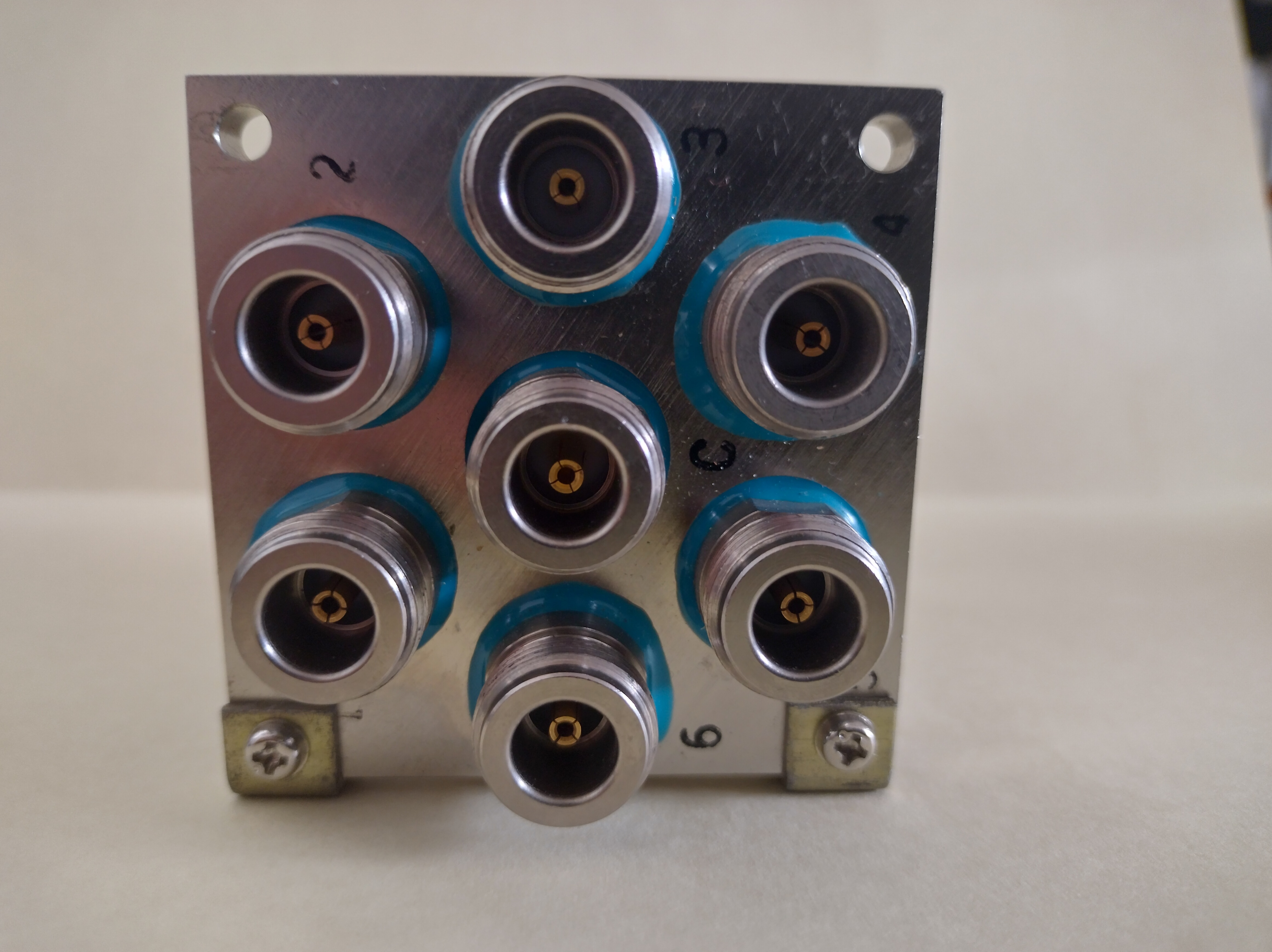
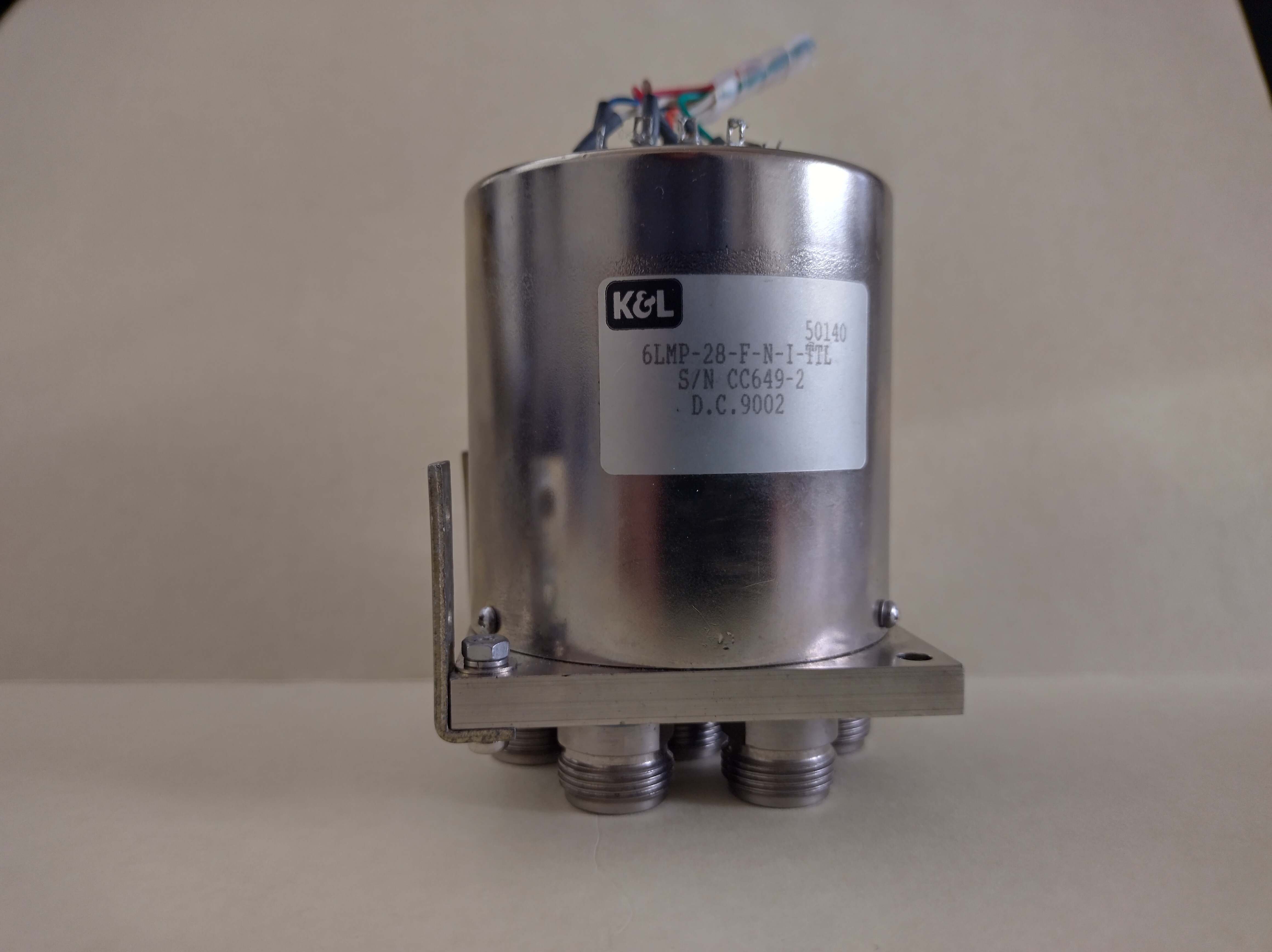
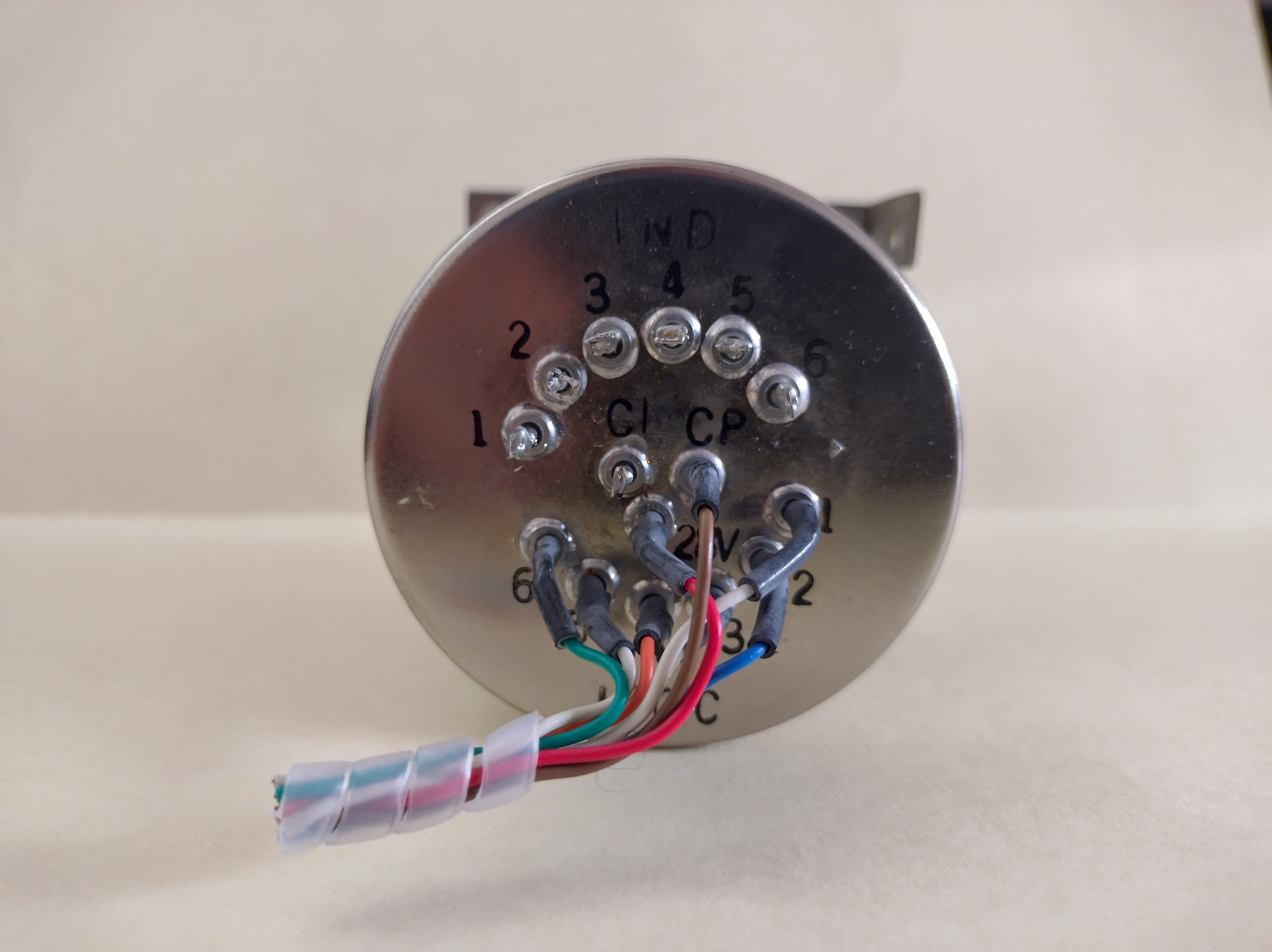
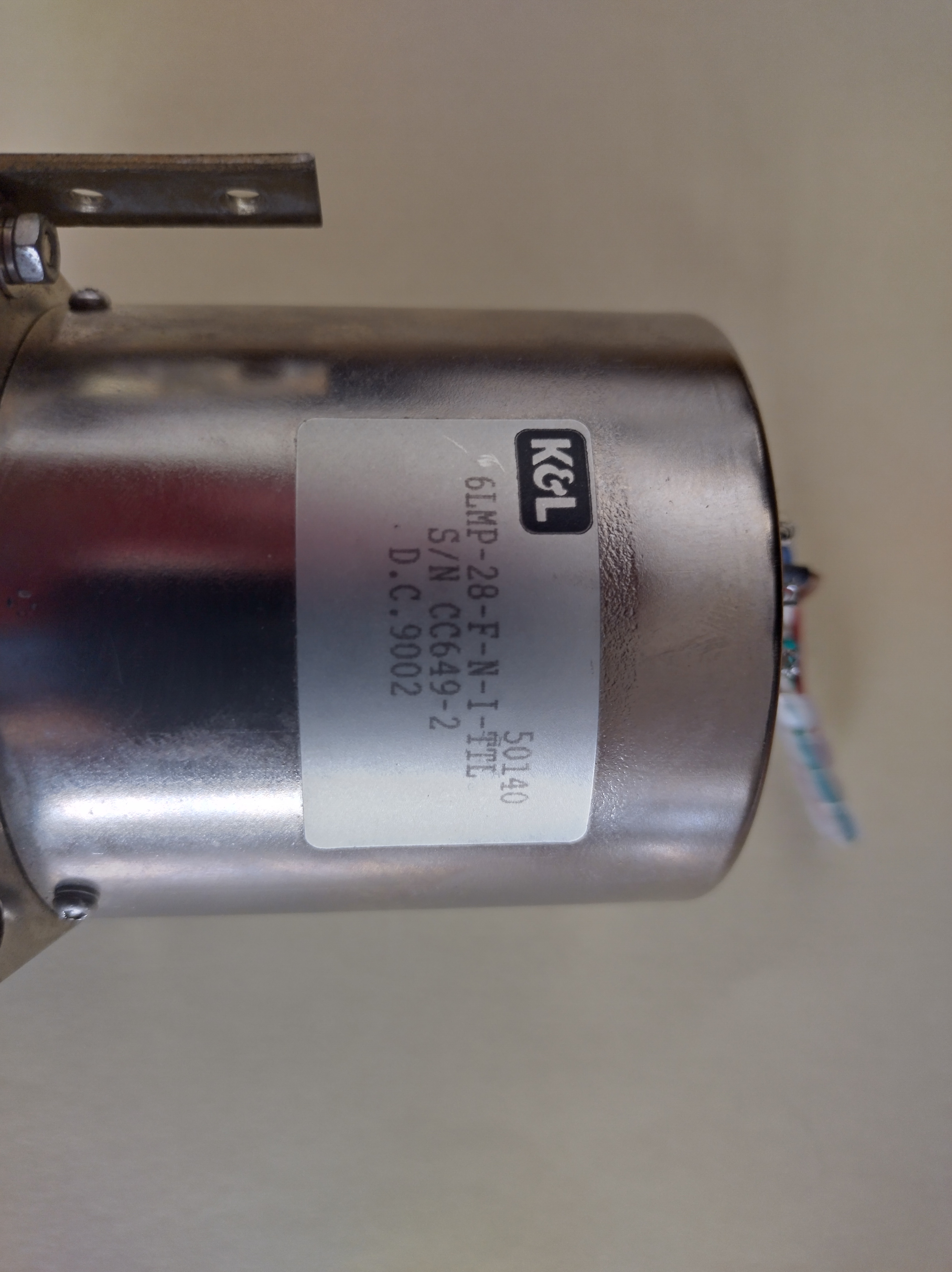
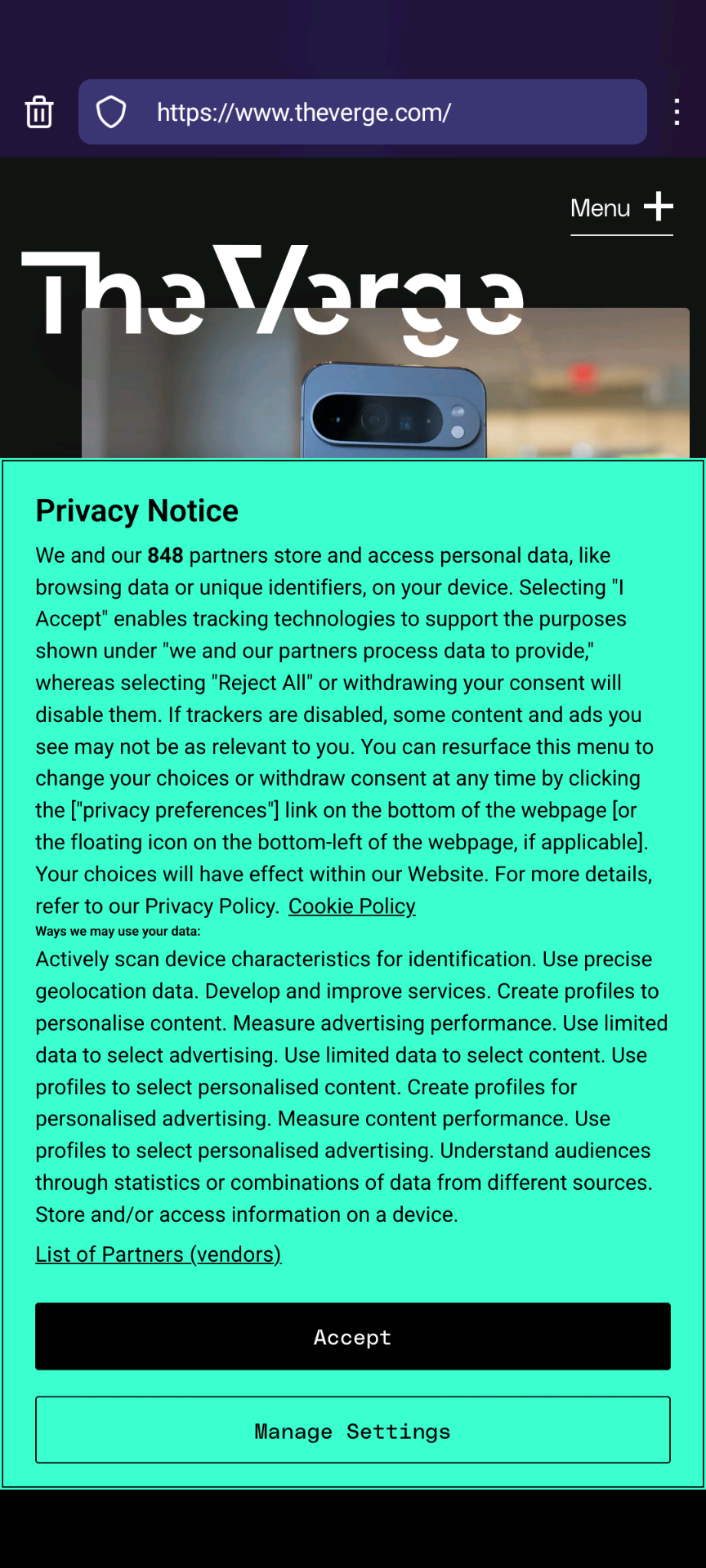
Well, clearly this is a credible source, even has it's own substack domain, what could possibly be suss?